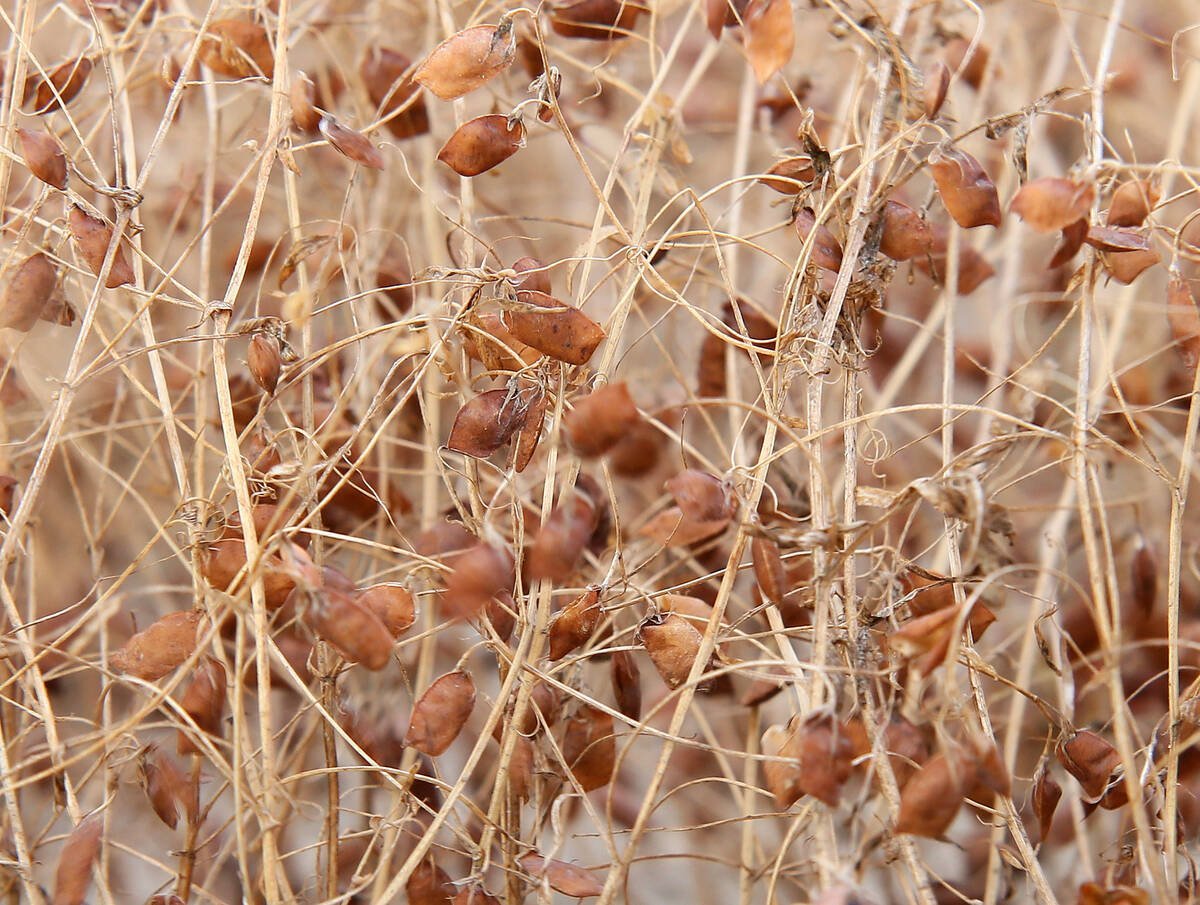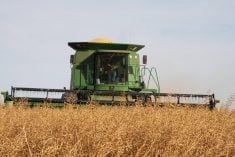Alan Clark manages to sound cheerful, even though he expects to lose money farming this year.
The Melita, Man., grower went into the year nervous about grain prices.
Then he had to contend with a glut of moisture that kept him from seeding two-thirds of his land.
Now, with the arrival of winter possible at any moment, Clark is trying to finish harvesting his canola, which was seeded from an airplane.
“I guess I’ll survive as well as anybody,” said the owner of Fiasco Farms Ltd. “You have to stay positive.”
Read Also

Europe holds promise for Canadian lentils
Pulse Canada is trying to help boost lentil consumption in Europe, which is already the fourth largest market.
As harvest draws to a close across the Prairies, Clark, like many farmers, draws part of his optimism from a hope that Ottawa will find more aid money for farmers.
Clark qualified for the $50 per unseeded acre payment announced by the Manitoba government earlier this year. It was money he was glad to receive, but he noted that “it sure doesn’t go far when you compare it to a crop.”
Neither Clark nor his wife work off the farm. They normally earn extra income by custom seeding and harvesting. They haven’t done much custom work this year because other farmers in the area are in a similar situation.
“I won’t break even,” Clark said. “Nowhere near it.”
Clark farms in southwestern Manitoba, a region where excess rain, crop disease, frost damage and a delayed harvest all took a toll.
Similar problems prevailed in pockets of farmland elsewhere in the province. But there are also regions where average to above average crops were harvested.
“Very variable” is how Dave Campbell describes the crops this year.
The Manitoba Agriculture crop specialist believes higher yields in some parts of the province will compensate for lower yields in others.
“On balance, it will probably show as an average crop.”
When Saskatchewan and Alberta are added into the equation, the production of cereals appears headed for record to near record levels, said Dave Przednowek, a weather and crop analyst for the Canadian Wheat Board.
Farmers grew more red spring wheat this year, and the average yield across the Prairies is higher, Przednowek said.
“The combination of those two factors resulted in a much bigger crop than last year.”
He described the growing season in much of Manitoba and Saskatchewan as “very favorable.” The two main exceptions were southwestern Manitoba and southeastern Saskatchewan, where seeding was hampered by the excess rains.
Przednowek expects the quality of this year’s red spring wheat crop to be near average for the Prairies, with local variations.














